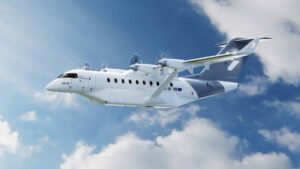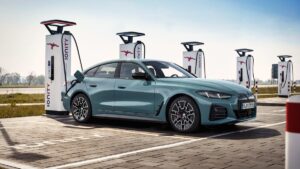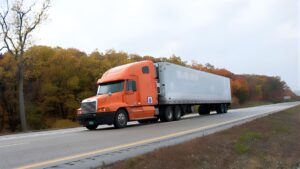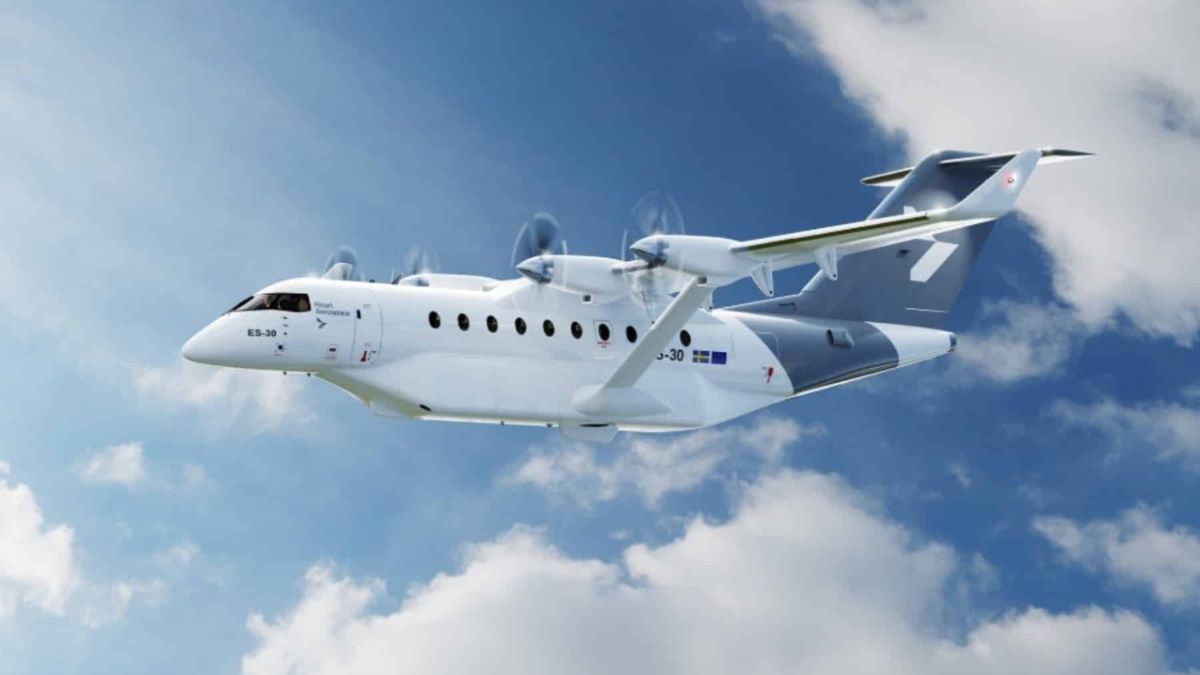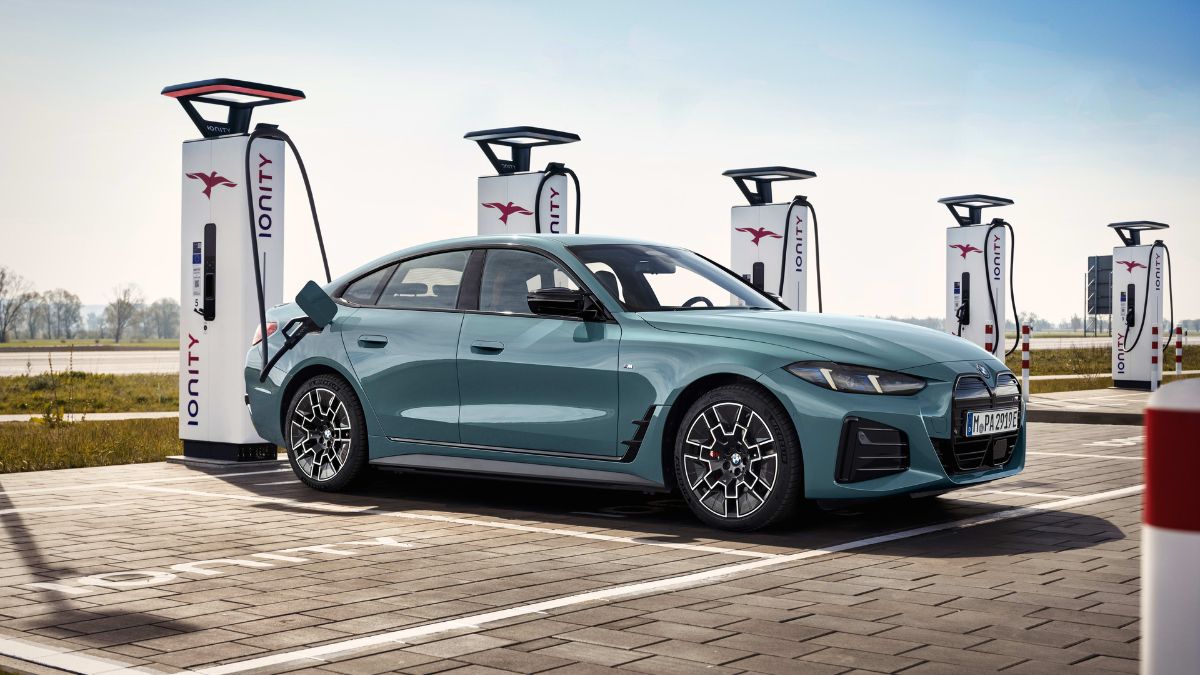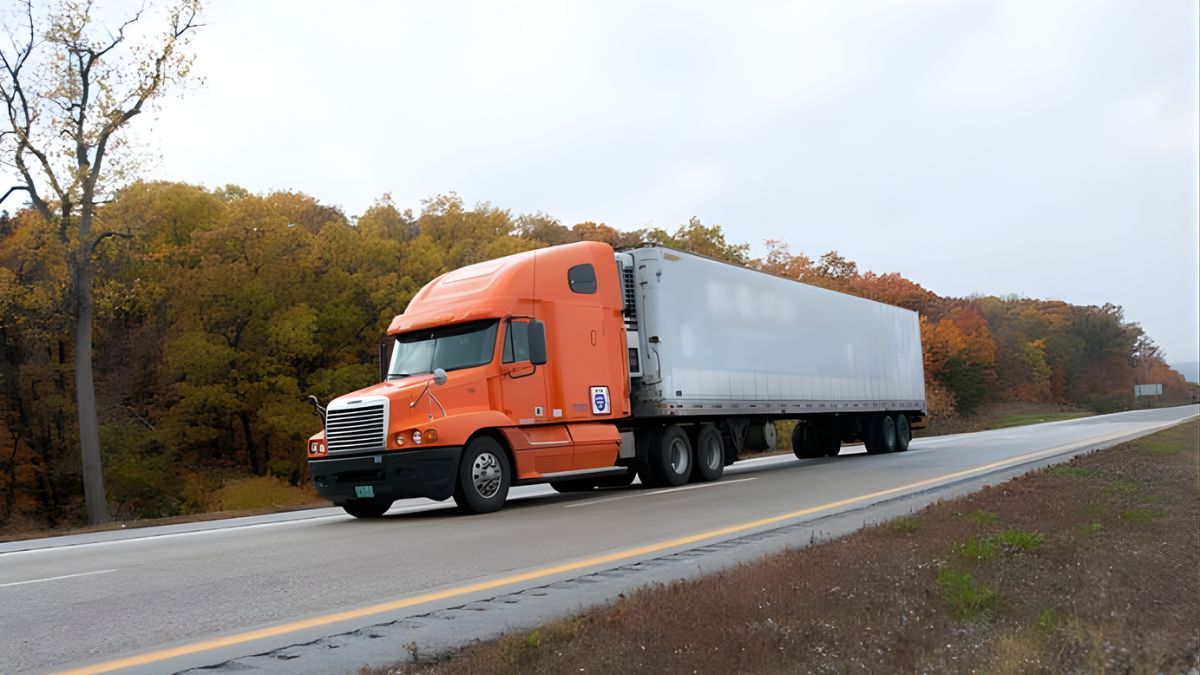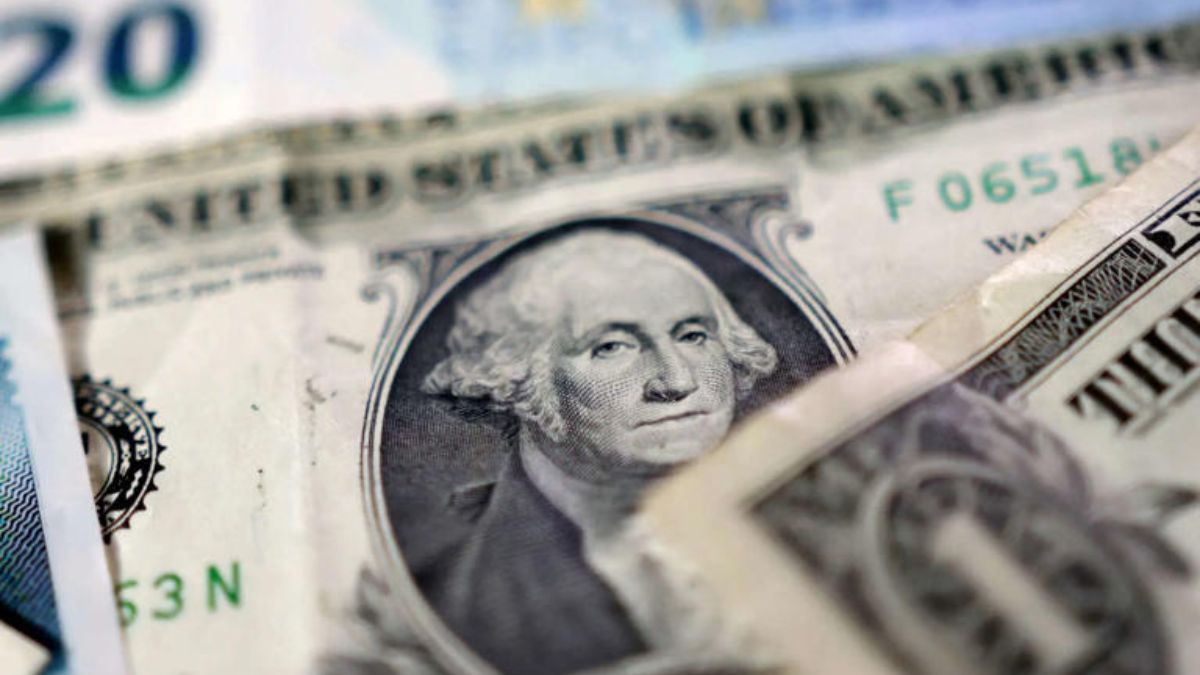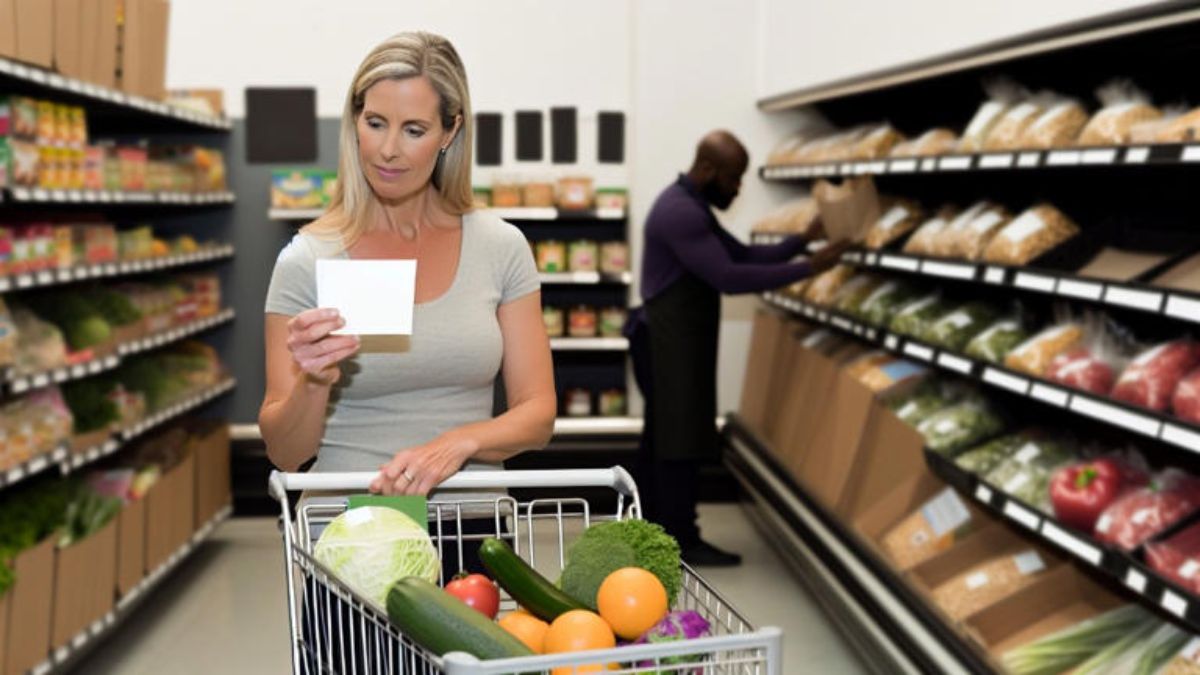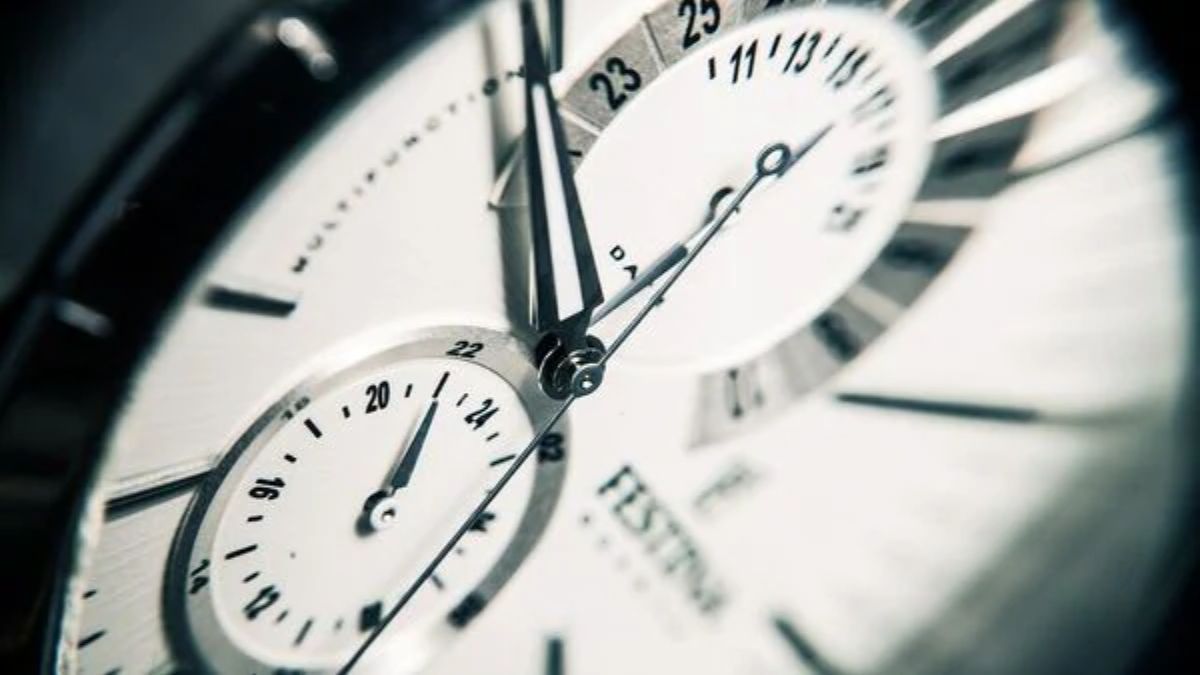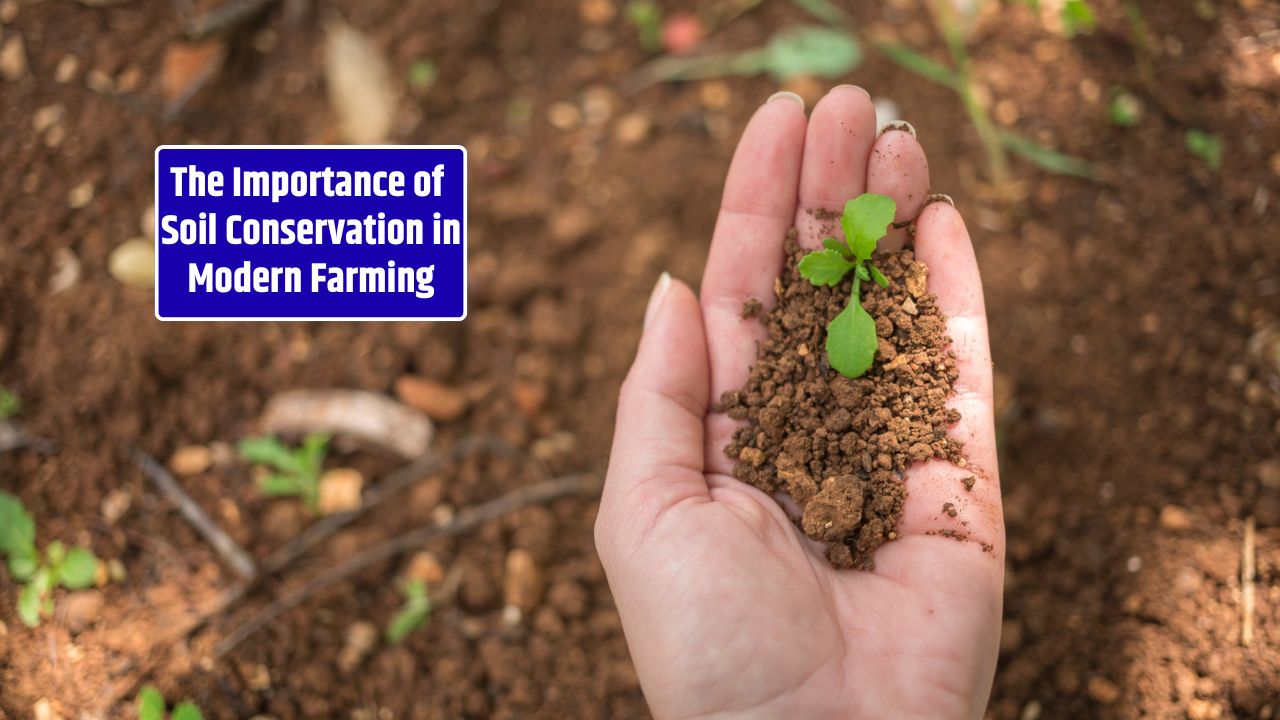If you drive through northern Mato Grosso today, it’s hard to believe that Confresa—once a quiet agricultural outpost—has become one of Brazil’s fastest-growing municipalities. What was once a dusty stop along BR-158 is now a booming regional hub fueled by agribusiness, migration, and infrastructure expansion. But beyond the anecdotes of new construction and busier streets, the numbers tell an even more compelling story of transformation.
A Population That Doubled in Two Decades
Confresa’s demographic rise has been nothing short of dramatic. According to the latest data from the Instituto Brasileiro de Geografia e Estatística (IBGE) (ibge.gov.br), the city’s population climbed from 17,900 in 2000 to roughly 34,400 by 2022—a 92% increase in just over twenty years. And that’s not slowing down. Early projections for the next census cycle suggest Confresa could hit 40,000 residents before 2030 if current growth trends continue.
| Year | Estimated Population | Growth (per decade) | Source |
|---|---|---|---|
| 2000 | 17,900 | — | IBGE |
| 2010 | 24,300 | +36% | IBGE |
| 2022 | 34,400 | +41% | IBGE |
| 2030 (proj.) | ~40,000 | +16% | Local projections |
This steady climb reflects migration patterns across northern Mato Grosso. As agricultural frontiers expand, families from southern Brazil and neighboring states like Pará and Tocantins continue moving in, chasing land opportunities and stable employment.
Job Creation and Economic Pulse
Agribusiness remains the beating heart of Confresa’s economy. The surrounding region is a powerhouse for soybeans, corn, and cattle, contributing significantly to Mato Grosso’s agricultural GDP. The city’s growing logistics and service sectors are a direct reflection of this boom.
According to the Ministério do Trabalho e Emprego (MTE) (gov.br), formal employment in Confresa rose by over 70% between 2012 and 2023, driven largely by rural mechanization, retail growth, and a surge in construction jobs.
| Sector | Employment Share (2023) | Growth Trend |
|---|---|---|
| Agriculture & Livestock | 34% | Moderate Increase |
| Services & Retail | 29% | Strong Increase |
| Public Administration | 21% | Stable |
| Construction | 10% | Rapid Increase |
| Industry | 6% | Gradual Increase |
The municipality’s diversification has been striking. Ten years ago, Confresa’s job market was overwhelmingly rural. Today, it’s increasingly urbanized, with opportunities in education, logistics, and commerce rising quickly. New small businesses, driven by younger residents, are reshaping the local economy—cafés, repair shops, and tech service stores that didn’t exist a decade ago.
Infrastructure and Urban Expansion
The city’s visible transformation has been backed by massive public and private investments. The ongoing asphalting of BR-158, one of central Brazil’s major transport corridors, is a game changer. Once completed, it’s expected to strengthen trade connections with ports in Pará and the rest of northern Brazil, reducing freight costs for producers across the Araguaia Valley.
Confresa has also become a mini-education hub for the region. With the arrival of state and federal institutes, including satellite campuses of IFMT (Instituto Federal de Mato Grosso), the city now attracts students from neighboring towns like Porto Alegre do Norte and Vila Rica. This influx of younger residents is helping stabilize population growth and foster a more skilled workforce.
Housing development has kept up as well. According to the Programa Casa Verde e Amarela, over 800 new housing units were financed in Confresa between 2020 and 2024—nearly double the pace of the previous five years.
Challenges Beneath the Boom
Of course, growth always comes with growing pains. Confresa still struggles with urban infrastructure, particularly sanitation and waste management. Only around 45% of the city’s households are connected to a sewage network, based on IBGE’s 2022 survey. Healthcare access remains stretched, with residents often relying on facilities in larger nearby cities like Água Boa for specialized care.
Public safety is another concern. Rapid population growth and increased economic activity have led to a rise in property crimes, particularly in the urban perimeter. Local authorities have been expanding the Municipal Guard and seeking additional state police support to address these trends.
Environmental concerns are emerging, too. Expanding farmland and deforestation pressures have sparked tension between agricultural producers and conservation advocates. The city sits near sensitive parts of the Amazon transition zone, where sustainable land management is becoming a heated political issue.
Future Projections: What’s Next for Confresa
Looking ahead, most analysts expect Confresa’s growth curve to remain upward, albeit at a slightly slower pace. With the regional economy diversifying and logistics networks strengthening, the city could evolve into one of the Araguaia Valley’s leading service centers by 2035.
Local authorities are banking on three drivers to sustain this momentum:
- Infrastructure completion – finishing BR-158 and expanding regional airport facilities.
- Agro-industrial expansion – encouraging small and mid-size food processing and storage industries to settle locally.
- Urban investment – improving water, waste, and mobility systems to handle a 40,000+ population base.
If those plans materialize, Confresa could emerge as a model for rural-urban transition in interior Brazil—proof that development doesn’t have to stay confined to the big capitals.
FAQs:
How fast is Confresa’s population growing?
It nearly doubled in two decades, from 17,900 in 2000 to over 34,000 in 2022.
What drives Confresa’s economy?
Agribusiness—especially soy, corn, and cattle—remains the core, though services and construction are catching up.
Is Confresa urban or rural?
It’s transitioning. Roughly two-thirds of residents now live in urban areas, but the economy is still closely tied to the land.

